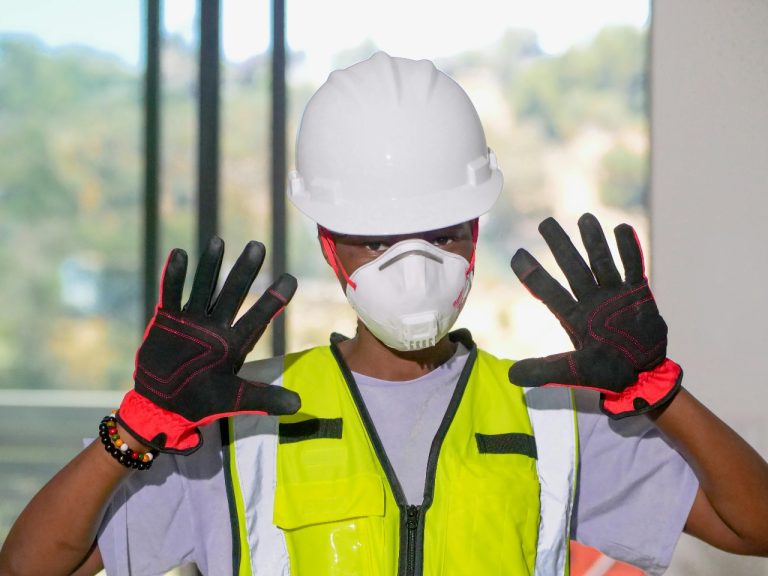
Introduction to Architectural Model Making
In the realm of architecture and design, the significance of tangible representations cannot be overstated. Architectural model making merges art with engineering, resulting in physical shapes and forms that provide insight into architectural intent. By working with an architectural model maker Berlin, both concepts and designs materialize, allowing architects and clients to visualize their projects in a three-dimensional context. Architectural models serve not only as tools of communication but also as showcases of craftsmanship, innovation, and precision. This comprehensive guide delves into the essentials of architectural model making, why Berlin is a hub for expert model makers, the various types of models available, and examines future trends shaping this fascinating practice.
What is Architectural Model Making?
The Definition of Architectural Model Making
Architectural model making involves the creation of physical representations of buildings and structures, capturing the essence of proposed designs in miniature form. These models can be crafted from various materials and serve multiple purposes. They may be architectural prototypes, design models for presentations, or even intricate details used for visualizing complex projects. Model makers utilize various skills, combining techniques from arts, crafts, and engineering to transform ideas into reality.
The Importance of Models in Architecture
Models hold immense importance in the architectural process, serving as invaluable assets during different project stages. They enable architects to:
- Visualize Concepts: Models bring to life two-dimensional blueprints and sketches, allowing stakeholders to observe and interact with three-dimensional representations.
- Facilitate Communication: Models act as common ground for discussion among architects, clients, and contractors, paving the way for refined design dialogue.
- Test Design Integrity: Building physical models encourages refined problem-solving as designers identify potential issues in functionality and aesthetics early in development.
- Enhance Marketing Efforts: High-quality models can attract investment, bringing clarity and allure to potential buyers and stakeholders.
Overview of the Process and Techniques
The process of architectural model making encompasses several steps:
- Conceptualization: Understanding the requirements, objectives, and scale of the model is crucial. This may involve analyzing sketches or digital designs provided by architects.
- Material Selection: Choosing the right material is essential based on the model’s purpose, budget, and detail level. Common materials include wood, acrylic, cardboard, and 3D printed components.
- Construction: The actual building of the model requires precision and creativity. Techniques may involve cutting, shaping, assembling, and finishing techniques to ensure quality.
- Finishing Touches: Detailing such as paint, textures, and landscaping can further enhance the model’s visual appeal, making it a closer representation of the final product.
Why Choose an Architectural Model Maker in Berlin?
Local Craftsmanship and Innovation
Berlin is renowned for its thriving arts and design community, making it an epicenter for innovative architectural practices. Local model makers in Berlin blend traditional craftsmanship with cutting-edge techniques to create models that are not just accurate but also artistically compelling. By choosing a local expert, clients benefit from a collaborative approach founded on transparency and mutual understanding.
Insights from Berlin’s Architectural Scene
The architectural landscape in Berlin is rich and diverse, characterized by a blend of historical styles and modern influences. Local model makers often draw inspiration from the city’s unique architectural heritage, which includes both classical structures and avant-garde designs. Engaging with a Berlin-based model maker allows clients to tap into this vibrant creative environment, where ideas flourish and innovative materials and methods emerge.
Benefits of Collaboration with Local Experts
Collaborating with a model maker located in Berlin offers several significant advantages:
- Accessibility: Proximity means face-to-face consultations can be conducted, ensuring that client feedback is readily integrated into the model-making process.
- Networking Opportunities: Many model makers in Berlin maintain extensive industry networks, often collaborating with architects, designers, and artists.
- Adaptability: Local professionals are more adept at adjusting to unique design challenges that may arise during the project, leveraging their knowledge of regional building regulations and aesthetics.
Types of Architectural Models
Bespoke Models vs. Standard Models
Architectural models can be categorized into bespoke and standard types:
- Bespoke Models: Tailored specifically to client specifications, these models offer the highest level of customization. Ideal for presentations or exhibitions, bespoke models can highlight unique architectural features and nuanced details.
- Standard Models: Often used for general representation, these mass-produced models serve a variety of educational or promotional purposes. While less detailed than bespoke options, they can still effectively convey a design’s essence.
Physical and Digital Models: Pros and Cons
In today’s digital age, the introduction of digital models adds a new dimension to architectural representation. Here are the advantages and challenges of both approaches:
Physical Models
- Pros: Tangibility, tactile interaction, easier to showcase proportions and materials.
- Cons: Higher production costs, space and transportation requirements.
Digital Models
- Pros: Cost-effective, easily modified, and shared with remote teams; excellent for visual presentations using 3D software.
- Cons: Lack of physical presence may limit understanding of scale, texture, and material.
Common Materials Used in Model Making
The choice of materials in architectural model making significantly impacts aspects like aesthetics, cost, and durability. Some of the most commonly used materials include:
- Wood: Offers a natural look and is easy to work with; ideal for bespoke models.
- Foam Board: Lightweight and inexpensive, perfect for early-stage designs and concept models.
- Acrylic: Known for its glass-like clarity and smooth finish, suitable for high-quality models.
- Cardboard: A budget-friendly option often used for mock-ups and simpler models.
Understanding Costs and Value
Typical Pricing Structures for Architectural Models
The cost of creating an architectural model can vary widely, influenced by factors such as complexity, scale, and materials used. On average, a simple model may start at around €500, while more intricate bespoke designs can exceed €5,000 or more. Pricing structures may include:
- Hourly Rate: Some model makers charge an hourly fee for their work, which can result in variable total costs.
- Flat Fee: For certain types of models, a fixed rate may be established, which can provide clients with clearer budgeting.
- Materials Costs: Material selection directly impacts the total cost, with more premium materials leading to higher final pricing.
Factors Influencing Model Costs
Several factors influence the final pricing of architectural models, including:
- Complexity: The more detailed and intricate the model, the higher the cost due to increased labor and material requirements.
- Scale: Large-scale models require more materials and time, thus raising the construction cost.
- Materials Used: Higher quality materials lead to a more aesthetically pleasing product but also contribute significantly to the final price.
- Timeframe: Urgent requests can lead to increased costs due to expedited materials ordering and labor prioritization.
Value of High-Quality Models in Presentations
Investing in high-quality architectural models can provide significant advantages in marketing and client presentations:
- Improved Client Communication: Models help clarify complex details, facilitating better discussions around design proposals.
- Visual Impact: A well-crafted model conveys professionalism, enhancing the perceived value of the proposal.
- Competitive Advantage: Unique models can set a design firm apart from competitors, making a strong impression on clients and stakeholders.
Future Trends in Architectural Model Making
Sustainability and Eco-Friendly Materials
As the architecture industry increasingly prioritizes sustainability, architectural model makers are following suit. Eco-friendly materials such as recycled paper, biodegradable plastics, and responsibly sourced wood are gaining popularity. This trend highlights the importance of environmental consciousness in all phases of design and construction, encouraging architects to think sustainably right from the model-making stage.
Technological Integration in Model Creation
Advancements in technology are profoundly transforming architectural model making. The integration of 3D printing and computer-aided design (CAD) software enables faster and more precise model creation. 3D printing, in particular, allows for the production of intricate designs and complex geometries that were previously challenging to achieve manually. This fusion of technology and traditional techniques results in innovative outputs that cater to modern architectural needs.
Emerging Styles and Techniques in Model Making
As architectural trends evolve, so do techniques used in model making. The trend towards minimalism, for instance, has garnered attention, with model makers focusing on clean lines and simplicity. Additionally, the use of mixed media in models—combining materials like glass, metal, and various textures—enhances visual storytelling and depth, reflecting the dynamic landscape of contemporary architecture.
Architectural model making is far more than a visual aid; it is an intricate art form that brings together precision, creativity, and technical knowledge. Whether one seeks to collaborate with a model maker in Berlin or pursue a personal project, understanding the significance, process, and trends in architectural modeling is essential. As this field continues to evolve, staying informed about developments and innovations will be critical for architects, designers, and clients alike.



